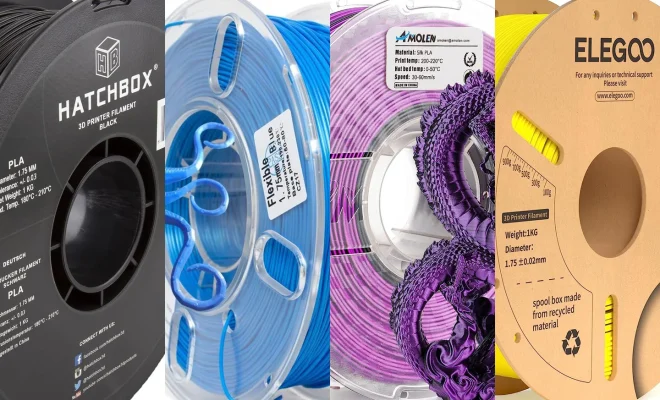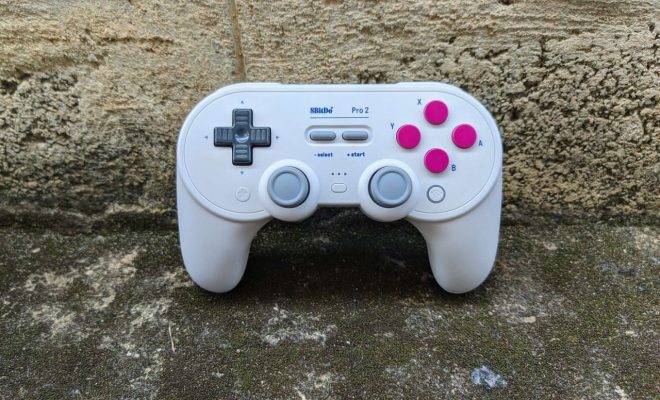Best 3D Printing Filament in 2023: PLA, ABS, PETG and more

The world of 3D printing has come a long way since its inception. The technology has continued to evolve, providing more accurate and precise prints with better materials. As we look forward to 2023, we explore the best 3D printing filaments – PLA, ABS, PETG, and beyond.
1. PLA (Polylactic Acid)
PLA remains the most popular choice for beginners and hobbyists because of its ease of use and eco-friendliness. This biodegradable material is made from renewable resources like cornstarch or sugarcane. It offers a low melting point, meaning that it can be printed at lower temperatures, reducing the energy consumption of your 3D printer. Moreover, PLA tends to produce minimal warping or shrinking during cooling – an important factor in maintaining print accuracy.
2. ABS (Acrylonitrile Butadiene Styrene)
ABS has long been a favorite filament among both amateur and professional users due to its durability and strength. This petroleum-based thermoplastic is more heat-resistant than PLA, making it ideal for prints that require higher resistance to temperature changes or use in high-temperature environments. However, ABS can produce potentially harmful fumes when printed, so proper ventilation is essential when working with this material.
3. PETG (Polyethylene Terephthalate Glycol)
PETG has quickly gained popularity as an ideal middle-ground filament between PLA and ABS. This material boasts strong durability like ABS but is easier to print with due to its reduced tendency to warp or shrink during cooling – an advantage it shares with PLA. PETG’s food-safe properties also make it an excellent choice for printing kitchen utensils or objects that will come into contact with food.
4. TPU/TPE (Thermoplastic Polyurethane/Thermoplastic Elastomer)
These flexible filaments have unique properties that allow them to bend and stretch without deforming. TPU and TPE are ideal for printing objects that require flexibility, such as phone cases, wearable items, or 3D prints that need shock absorption. TPU tends to be slightly stiffer and more durable than TPE, making it a suitable material for users who need a balance between rigidity and flexibility.
5. Nylon
Nylon has captured the attention of more advanced 3D printing enthusiasts due to its incredible strength-to-weight ratio and resistance to wear, chemicals, and UV light. While nylon filament can be trickier to print with – it requires much higher temperatures than PLA or ABS – this material provides remarkable durability and toughness for many applications including mechanical parts, gears, and functional prototypes.
In conclusion, the best 3D printing filament for your project depends on various factors such as your level of expertise, the type of 3D printer you use, and the requirements of your specific application. As technology continues to progress in 2023, we expect to see even more innovative filaments entering the market to cater to diverse needs in the world of 3D printing.






